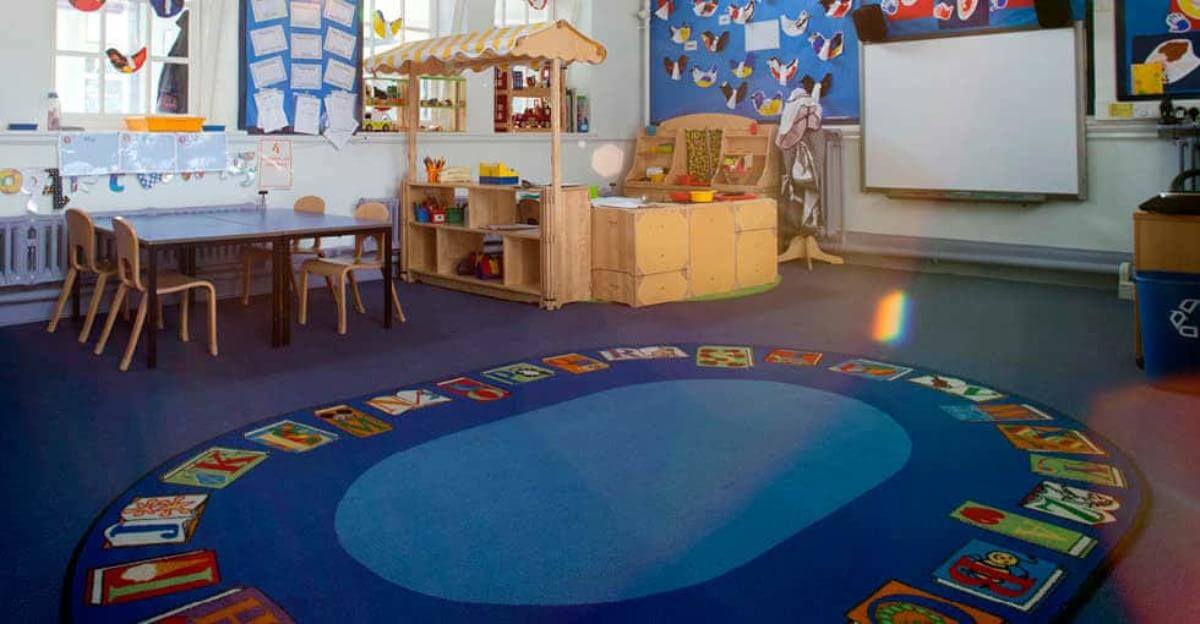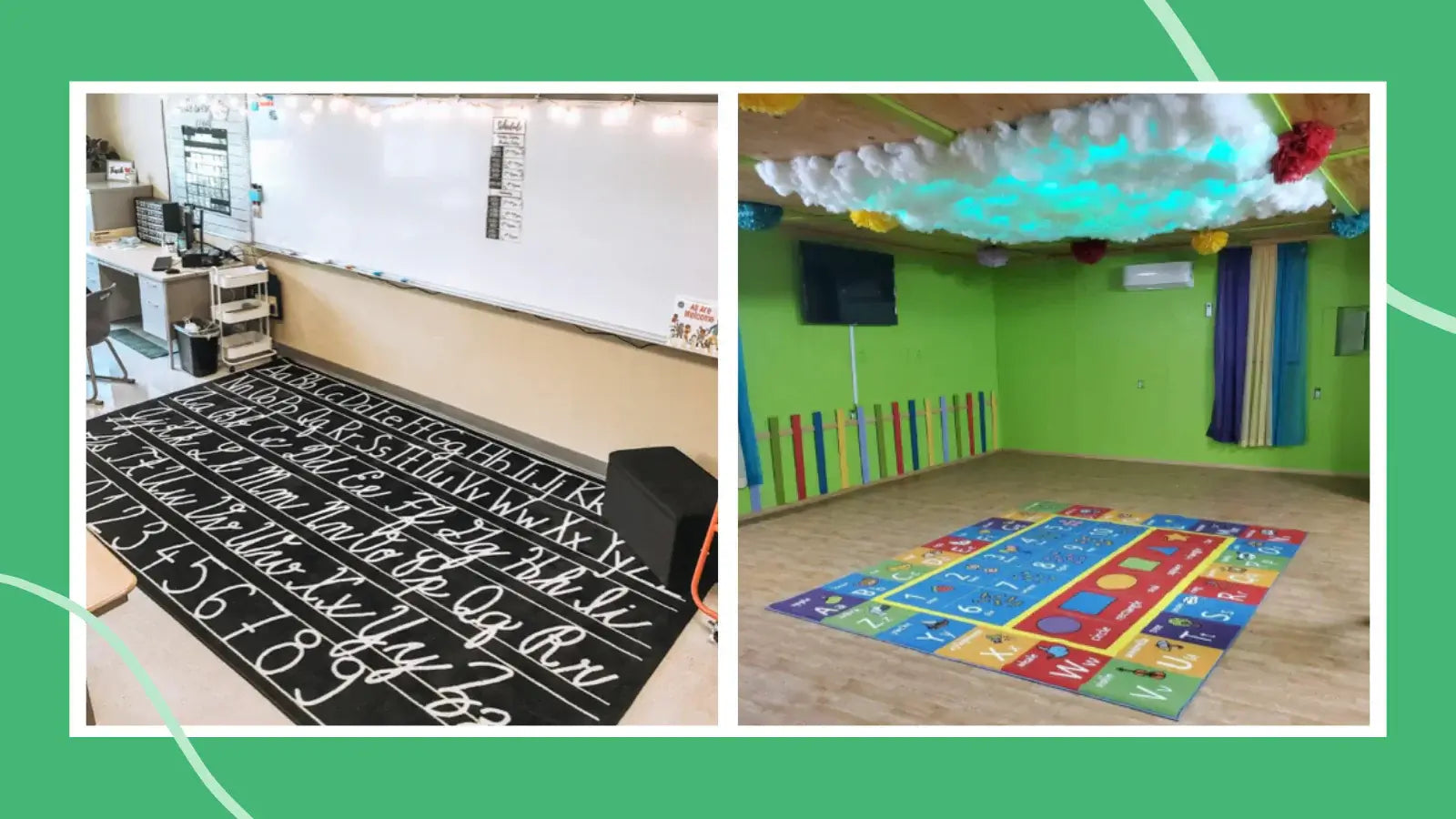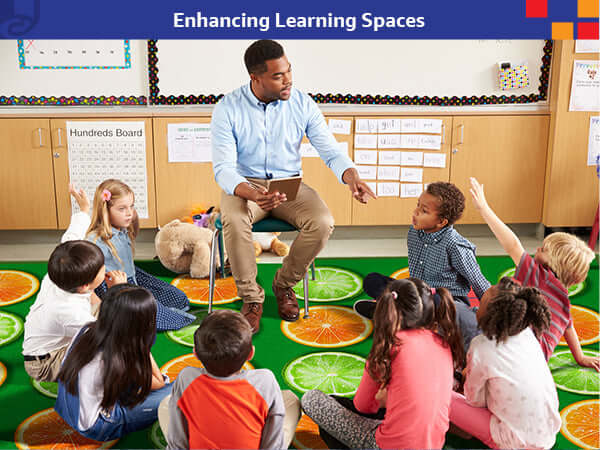G'day, classroom heroes! Ever watched a roomful of little tackers trying to sit still during story time? It's like herding caffeinated kittens, mate! But what if I told you there's a simple floor covering that's working wonders for the wiggliest of students? Let's talk about how the humble classroom rug is becoming a game-changer for fidgety kids everywhere.
The Magic Circle: More Than Just a Pretty Floor
Remember when classroom floors were just... floors? Not anymore! Today's classroom rugs aren't just decorative—they're revolutionary learning tools designed with wiggly bodies in mind.
"My prep students used to bounce around like ping-pong balls," laughs Brisbane teacher Sarah Macintosh. "Now with our special seating rug, they know exactly where their bodies should be. The individual circles give them their own space—it's like magic!"
Why Traditional Seating Just Doesn't Cut It
Let's face it—those hard plastic chairs are about as appealing to energetic kids as vegemite is to tourists. Young bodies are designed to move, not sit bolt upright for hours on end.
Research shows that children, especially those with extra energy or ADHD tendencies, actually focus better when allowed some movement. That's where sensory-friendly floor spaces come in!
The Sit Spot Revolution
Modern classroom rugs feature:
- Clear visual boundaries that help kids understand personal space
- Soft, tactile surfaces that satisfy sensory needs
- Colorful designs that organize class activities
- Comfortable spots that make learning feel less formal and more inviting
"My son used to dread circle time," shares Melbourne mum Jacqui. "Now he races to claim his favorite spot on the classroom's new alphabet rug. The teacher says he's participating more than ever!"
Beyond Basic Circles: Today's Top Rug Innovations
The classroom rug game has gone next level, mates! Today's options include:
- Fidget-friendly textures: Varying surfaces that little fingers can explore
- Movement zones: Designated spaces where wiggling is welcome
- Flexible arrangements: Patterns that allow for different groupings
- Learning-integrated designs: Maps, number grids, and literacy tools built right in
One Tassie kindergarten reported a 40% decrease in behavior disruptions after introducing their interactive number rug. Fair dinkum!
How to Choose the Right Rug for Your Classroom
Looking to join the revolution? Here's what to consider:
- Size matters: Ensure it fits your space and student numbers
- Washability is non-negotiable: Kids are walking germ factories, let's be honest!
- Durability is key: It'll cop a beating, so quality matters
- Educational value: What learning is built into the design?
- Sensory considerations: Is it comfortable for extended sitting?
Check out Booooom Jackson's classroom collection for options that tick all these boxes.
The Bottom Line
When we create spaces that respect children's natural need to move, everyone wins. Teachers report more engaged students, kids experience more learning joy, and parents hear fewer complaints about school.
As Perth principal Dave Watkins puts it: "We've been trying to force square pegs into round holes for generations. These new classroom arrangements acknowledge that children learn differently—and the results speak for themselves."
So here's to the humble classroom rug—the unsung hero of the modern learning space revolution! Who knew that something so simple could make such a difference to our little learners' happiness and success?








Leave a comment
This site is protected by hCaptcha and the hCaptcha Privacy Policy and Terms of Service apply.